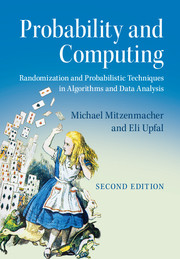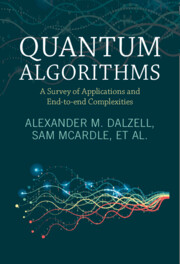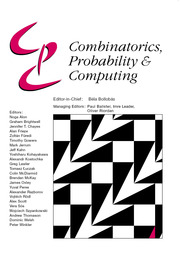Introduction to Distributed Algorithms
The second edition of this successful textbook provides an up-to-date introduction both to distributed algorithms and to the theory behind them. The clear presentation makes the book suitable for advanced undergraduate or graduate courses, while the coverage is sufficiently deep to make it useful for practicing engineers and researchers. The author concentrates on algorithms for the point-to-point message passing model and includes algorithms for the implementation of computer communication networks. Two new chapters on sense of direction and failure detectors are state of the art and will provide an entry to research in these still-developing topics.
- Comprehensive overview of distributed algorithms and related theory and methods
- Use of uniform model of computing and uniform programming notation throughout with treatment of wave algorithms as an algorithmic building block
- Many exercises with teachers' solutions available, plus clear and rigorous presentation makes it ideal for courses on distributed systems and algorithms
Reviews & endorsements
"...an excellent overview of available techniques." Computing Reviews
"The book provides an up-to-date introduction to both distributed algorithms, and to the theory behind these algorithms. The clear presentation makes the book suitable for advanced undergraduate or graduate courses, while the coverage is sufficiently deep to make it useful for practising engineers and researchers." Mathematical Reviews
"Provides a very decent interesting to significant topics of the theory of Distributed Computing, and it is especially suitable as both a reference book and a textbook." SIGACT News
"...a nice textbook...I recommend this book for readers who are interested in a theoretical view of distributed control algorithms." IEEE Parallel & Distributed Technology
Product details
October 2000Paperback
9780521794831
612 pages
244 × 191 × 33 mm
1.228kg
Available
Table of Contents
- Preface
- 1. Introduction: distributed systems
- Part I. Protocols:
- 2. The model
- 3. Communication protocols
- 4. Routing algorithms
- 5. Deadlock-free packet switching
- Part II. Fundamental Algorithms:
- 6. Wave and traversal algorithms
- 7. Election algorithms
- 8. Termination detection
- 9. Anonymous networks
- 10. Snapshots
- 11. Sense of direction and orientation
- 12. Synchrony in networks
- Part III. Fault Tolerance:
- 13. Fault tolerance in distributed systems
- 14. Fault tolerance in asynchronous systems
- 15. Fault tolerance in synchronous systems
- 16. Failure detection
- 17. Stabilization
- Part IV. Appendix A: pseudocode conventions
- Appendix B: graphs and networks
- References
- Index.







